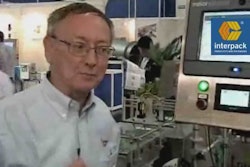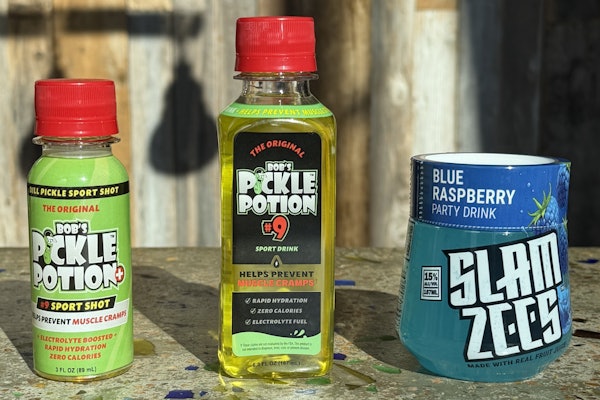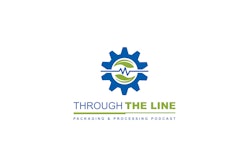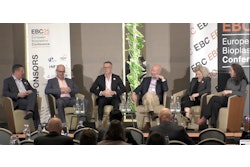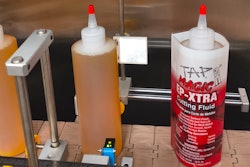In the not-too-distant future, it could well be that a nurse or medical care practitioner will scan a package and verify that it is the right product and that it has not been tampered with and is not counterfeit.
That’s a prediction from Geoffrey Glauser, Biomedical Advanced Research and Development Authority, U.S. Department of Health & Human Services at the 9th Annual Cold Chain & Temperature Management Global Forum Sept. 28 in Philadelphia.
He said, “Track and trace is going to become much more significant throughout the entire supply chain, especially with California demanding product pedigrees for pharmaceuticals in the 2015-2017 time frame.” At some point, Glauser noted, every unit of sale will require serialization, a product identification to help prevent counterfeiting. A database could include every product from every manufacturer. “There are implementation programs in Brazil, Turkey, and Argentina, with pilot programs in Sweden and Germany. This is on the horizon, and it’s coming,” he said.
New 1083 chapter
Dr. Mary Foster, chair, packaging and storage expert committee with the U.S. Pharmacopeia, and vp with Aphena Pharma Solutions, noted that a new chapter in the 1083 guidance has “the ultimate goal to prevent adulterated and misbranded materials from entering the supply chain and to detect counterfeiting or diversion.
“The new 1083 chapter is similar to 1079 except that it includes active pharma ingredients and excipients, packaging components, and medical devices,” she said, “It takes in the whole picture of the movement of a drug. We need industry and subject matter expertise and feedback. It’s a guidance document, not a mandatory one as are chapters numbered under 1,000. This is a brand new chapter, and you are the first people to see it.”
Big-picture issues
Glauser noted, “So many people feel they don’t have any influence with policy setting, and this new 1083 chapter gives us an opportunity to have that input.”
At the beginning of the event, Glauser recommended that attendees think holistically about the variety of content at the event, including sessions that weren’t “cold chain”-centric. “These are all pieces of a puzzle in the overall supply chain that bind this group together.”
One example of this was Vic Pervaaz’s presentation, “Tomorrow’s Landscape For The Pharmaceutical Business In A Global Industry.” Pervaaz, senior vp, corporate transactions and transformation, Pharma Industry Initiative leader with Aon Hewitt, spoke about mergers and acquisitions in a global market, among other broader issues.
He said, “We have progressed from small-molecule pharmaceuticals dominating the industry to today’s generic market growth due to patent expirations. The biologics market is growing faster, and in 10 to 15 years, the biosimilars will be the future, and there will be a prominent increase in the [need for the] cold chain.”
Globalization’s increasing role means companies will no longer look for “hot” geographic regions to set up shop, said Pervaaz. Instead, companies need to examine how integrating global business fits into future supply chain plans. He noted a need for companies to build and train a talent pool equipped to understand and thrive in a new global business environment.
He believed that in the future, pharmaceutical markets will become less segmented, and that countries such as China, India, and those in South America “will become centers of excellence, increasing faster than North America and Europe.”
Temperature-controlled fun facts
Preshow promotional literature on the Cold Chain Forum yielded some interesting news based on survey responses. These included the following:
• The top two greatest concerns in pharmaceutical importation were temperature deviations/excursions, and counterfeit product leading to adverse events.
• Chain of custody: collaborative supply chain partnership was voted the most important initiative in cold chain operations.
• Air was by far the most used transportation mode, cited by 64% of respondents, compared to 18% each for ocean and road. In a separate question, 45% of respondents also said air transport is the fastest-growing mode.
The 10th Anniversary Special Event for the Cold Chain & Temperature Management Summit is scheduled for Feb. 27-29, 2012 at the Hyatt Regency, Toronto, Ontario, Canada.





